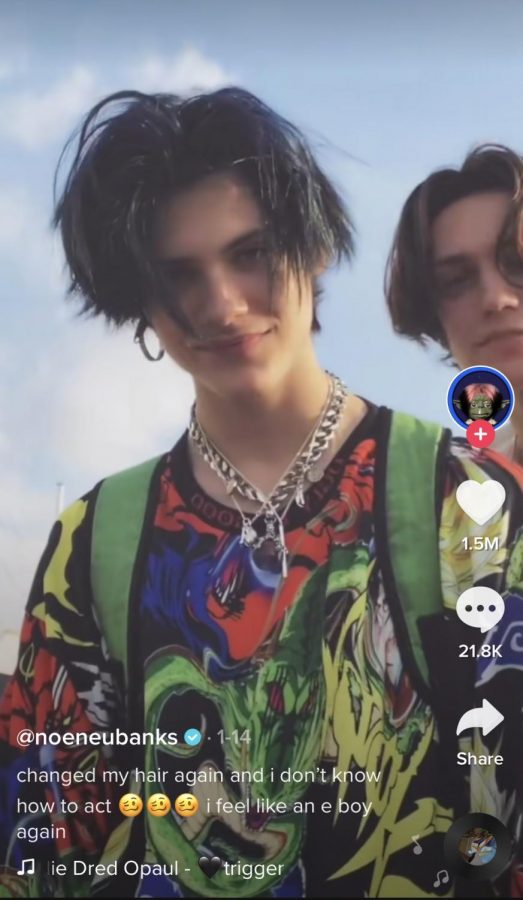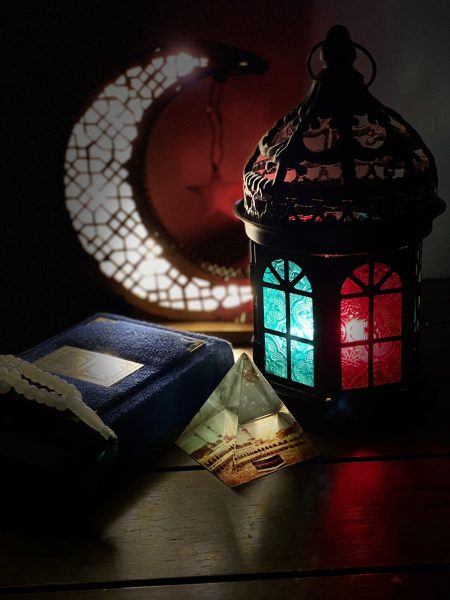E-boys and furries: a beginner’s guide to TikTok
In 2016, the video-sharing app TikTok was founded by ByteDance, a Beijing-based company. The format is relatively simple; users make videos (up to 15 seconds long), featuring music and audio clips in the background. It has its unique facets, such as the “duet” feature, which allows users to film alongside an already-made video from another user. The app has had rapid success; in October 2018, a mere two years following its launch, TikTok became the most downloaded app in the United States. It was the first Chinese app to achieve this feat. Later, in 2019 TikTok became the seventh most-downloaded app of the decade, lagging only behind social media giants like Facebook, Instagram, Snapchat, and Skype; all of which were founded a minimum of five years before TikTok.
So what has contributed to TikTok’s sudden and overwhelming popularity?
TikTok’s rise to prominence is likely best understood if one understands its predecessors, Vine and Musical.ly. Vine, a video-hosting service where users could make quick, six-second-long videos, had over 200 million users before it shut down in 2017. Despite its closure and the short duration of its videos, Vine served as the springboard for many careers, including singer Shawn Mendes and Youtuber Logan Paul. Musical.ly, a Shanghai-based app, was founded in 2014 and is in many ways TikTok’s forefather; the app revolved around users creating 15-second to one-minute-long videos, usually lipsyncs. In Nov. 2017, ByteDance acquired Musical.ly and merged it with TikTok by August 2018.
Senior Alec McMahon has been a TikTok user since the summer before his junior year; more specifically, he used Musical.ly prior to its acquisition by ByteDance to film lipsync videos with his friend.
“My friend Josh and I decided to make videos together, although I don’t do it anymore, because I’m embarrassed of myself,” McMahon said. “But I do watch (TikTok) every night. It’s very entertaining.”
TikTok has facilitated the rise of various trends, and is known to host various subcultures of sorts: among them are the furry fandom (a subculture interested in anthropomorphic animal characters), people into BDSM, cosplayers and (perhaps most notoriously) e-boys and e-girls.
Describing e-boys and e-girls is difficult, as the concept is primarily rooted in a shared sense of fashion and digital presence. E-boys and e-girls don’t amass followers the way an Instagram influencer would; they won’t be posting pictures of a lavish vacation in Turks and Caicos wearing sleek and expensive athleisure gear. E-boys and e-girls film TikToks in the privacy of their own bedrooms, and for the most part, wearing skater or scene-influenced clothes.
“You see a lot of e-boys on TikTok,” McMahon said. “They always wear one dangly cross earring, baggy pants, and turtlenecks under their tee shirts.”
According to junior Echo McLachlan, sex appeal is a large contributing factor to the success of a TikTok; as well as one of the app’s more dangerous aspects.
“E-boys are self-obsessed, but then we have the e-girls,” McLachlan said. “To be an e-girl, you need huge fake lashes, big boobs, and big eyeliner. There’s also a fixation on looking young.”
McLachlan believes this selling of sex appeal and image bleeds down to the app’s younger users.
“Kids are being told earlier and earlier that they need to be sexy. They’ll wear sexy clothes and makeup and try to behave older than they are,” McLachlan said. “It creates this market for older people to go on TikTok and watch these young peoples’ videos. (Young people) are very much prey to that.”
In spite of TikTok’s notoriety, it remains a staple for many. Senior Caroline Grossman is a fan of TikTok and makes videos herself.
“My TikToks are often about my dogs. I’ve made one about a Guilford College baseball game. It’s basically about me existing, very low quality videos of me in my bed,” Grossman said. “Tik Tok is heavily addictive. Everyone downloads it ironically, but then three months later, you’re spending two hours in your bed just scrolling the ‘for you’ page.”
Despite her efforts, TikTok fame is still proving to be elusive for Grossman.
“It’s been really hard, because I want everyone to love my TikToks, but no one does,” Grossman said.
Editor’s note: This story originally was published in Volume 106, Issue 9 of The Guilfordian on Jan. 24, 2020.











